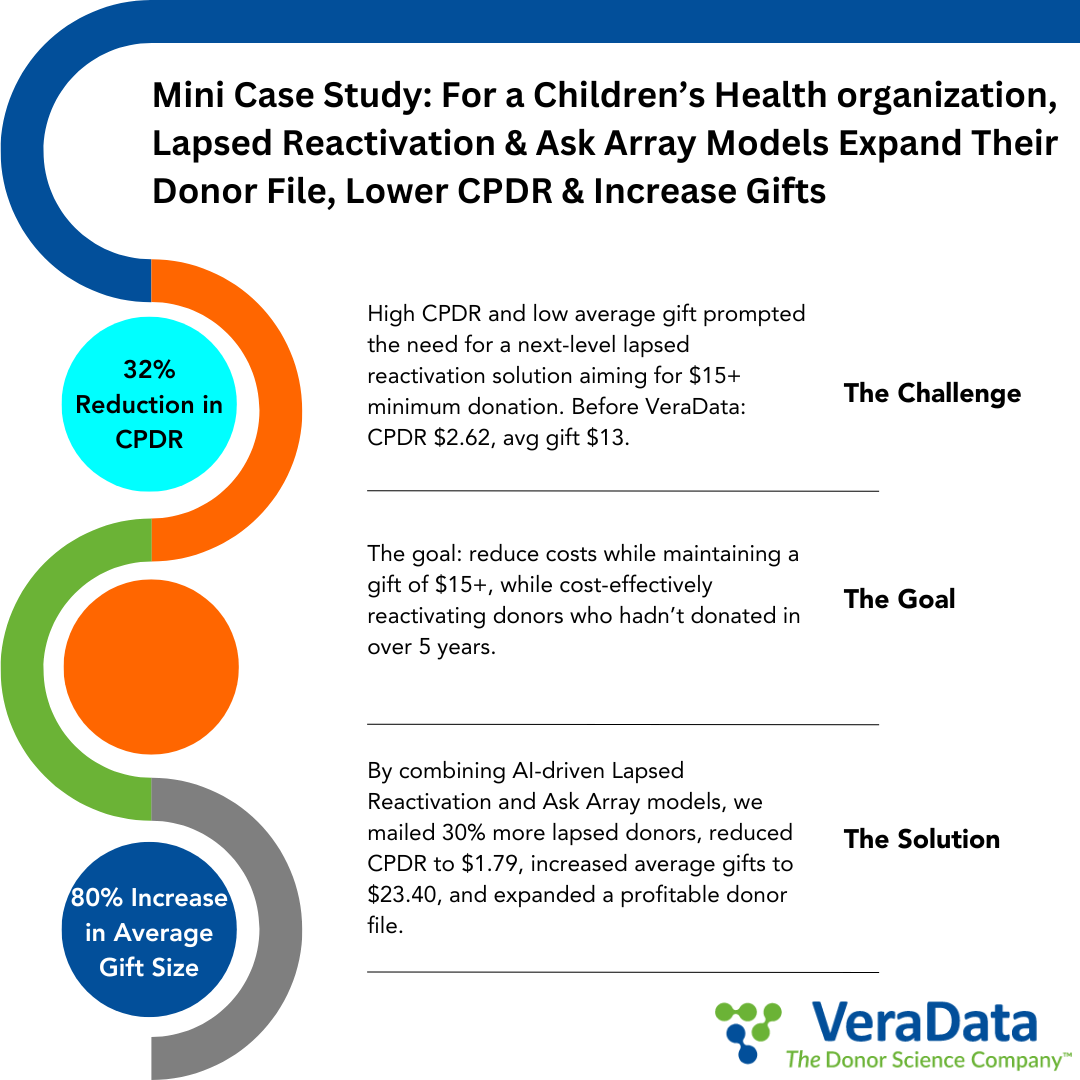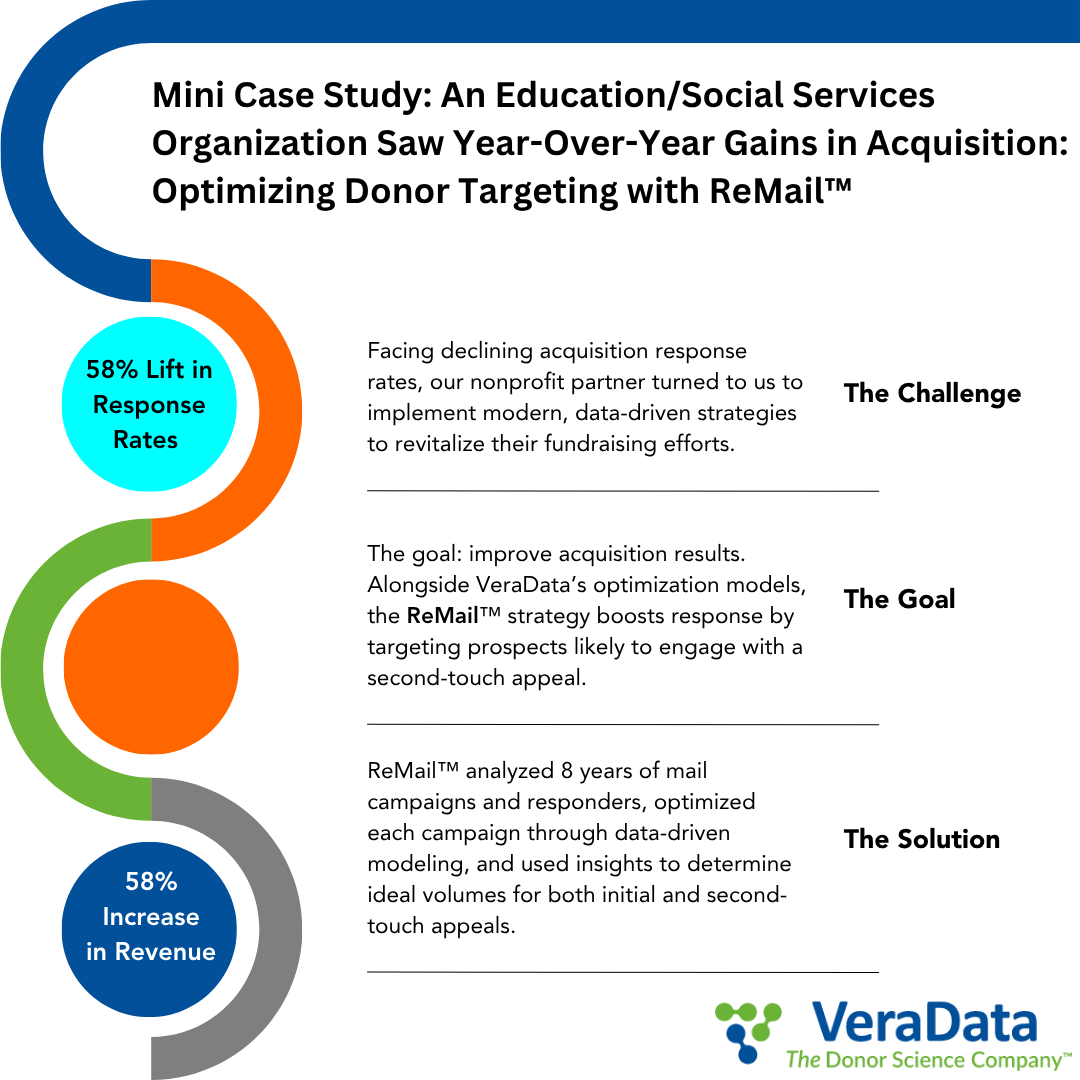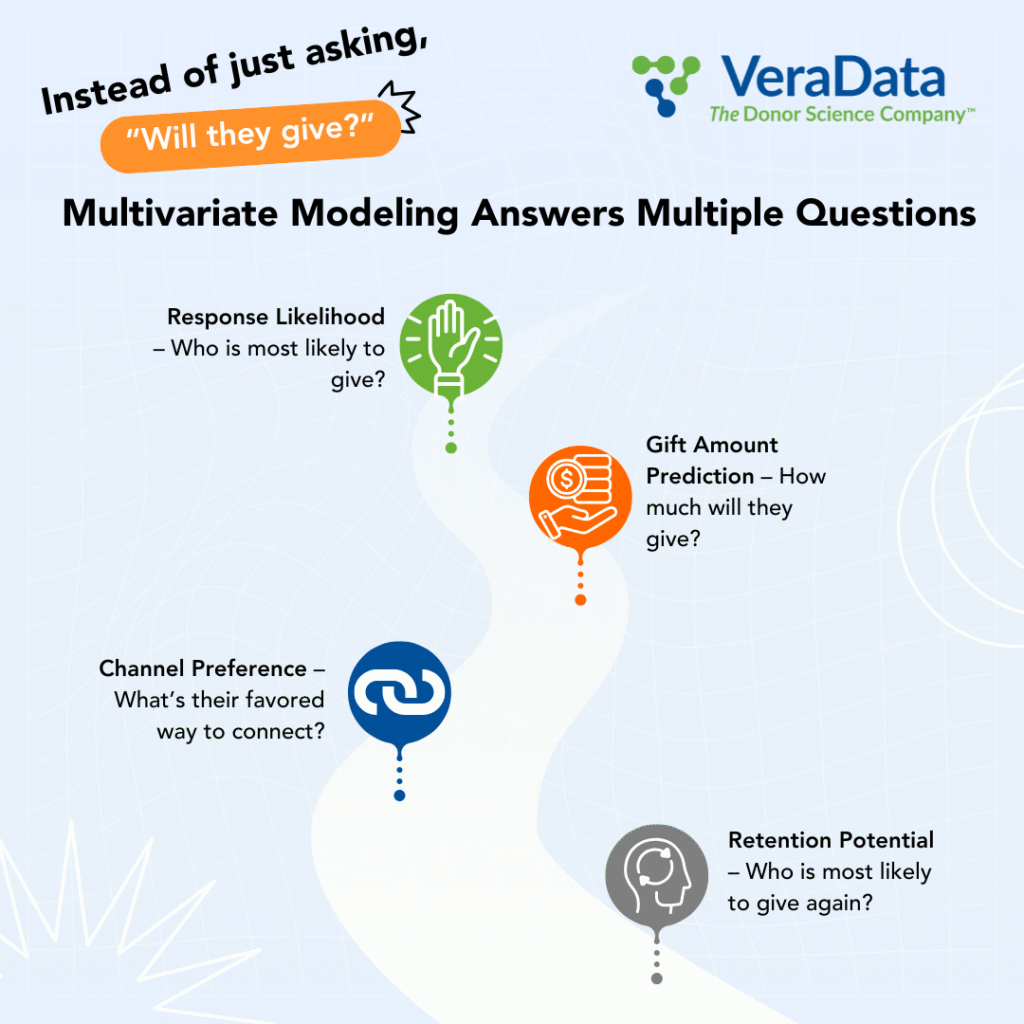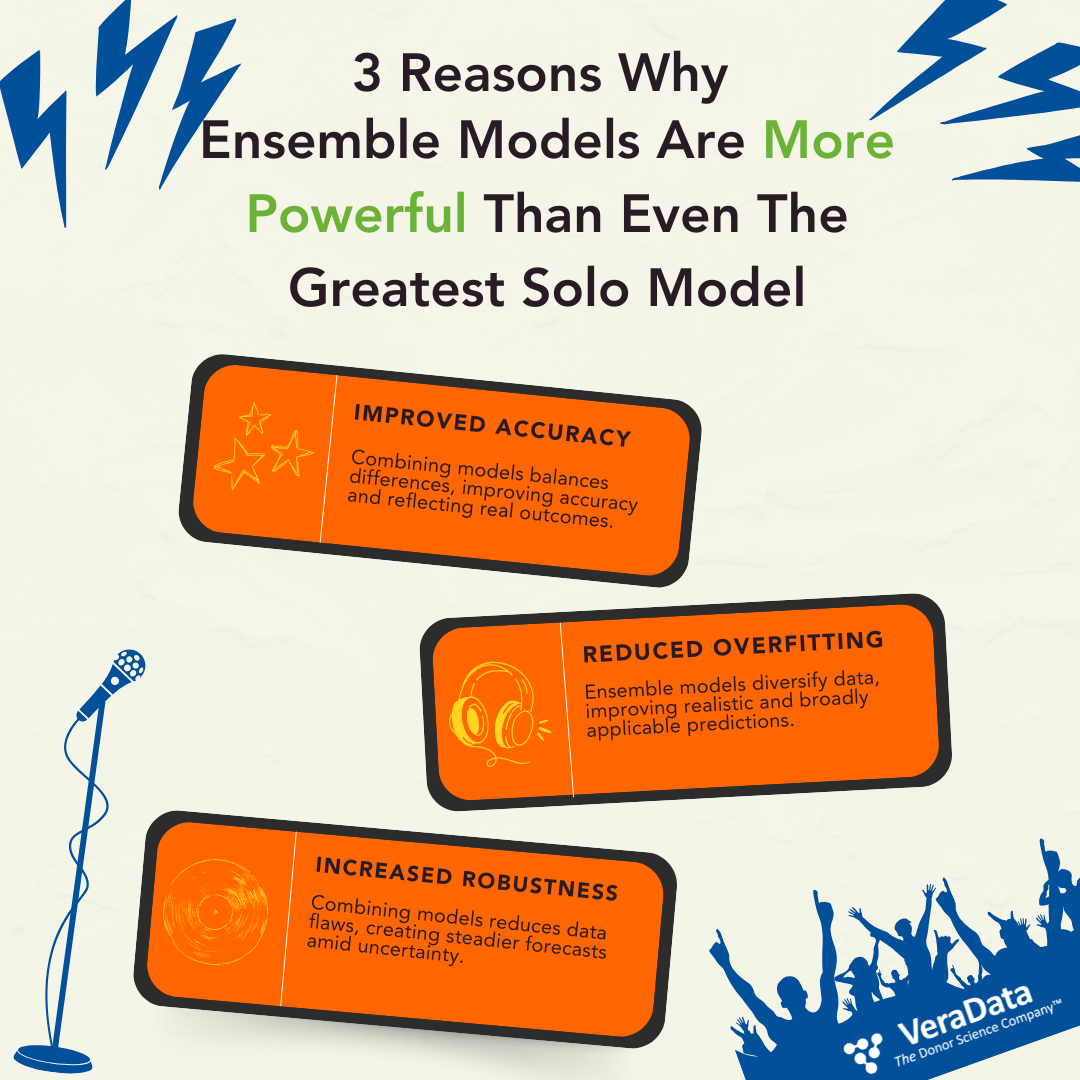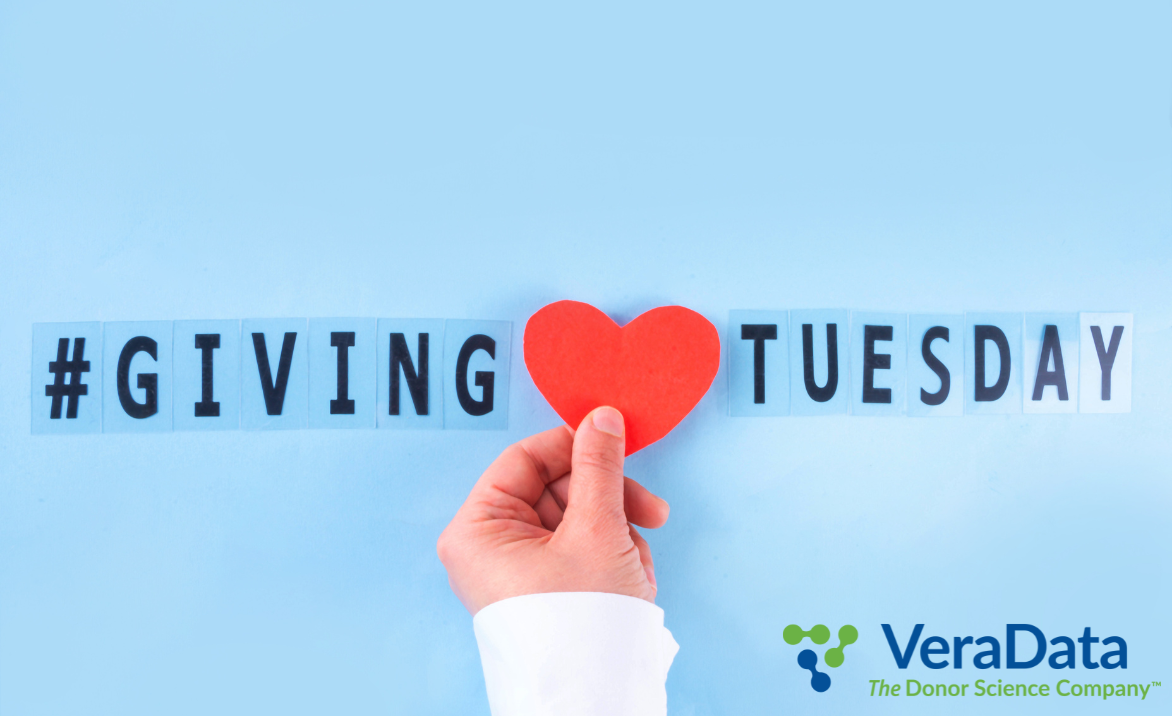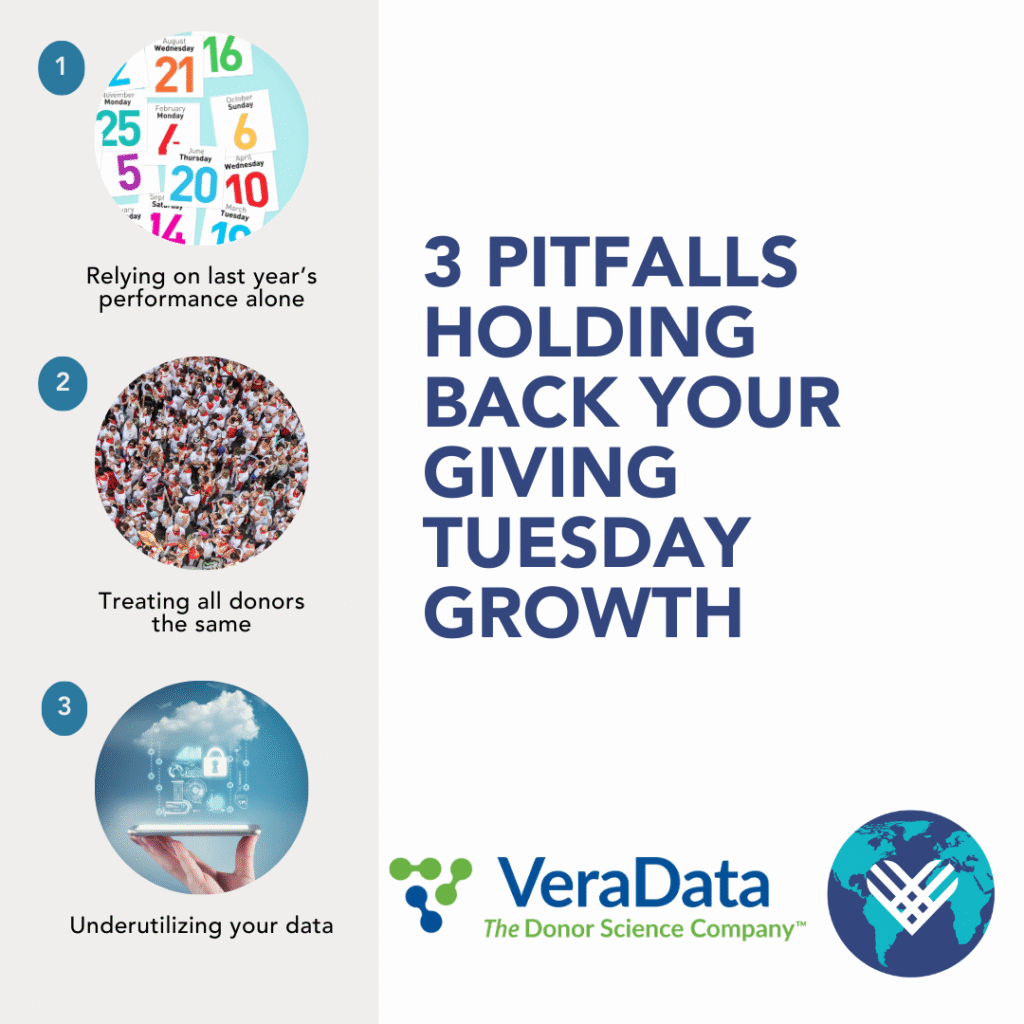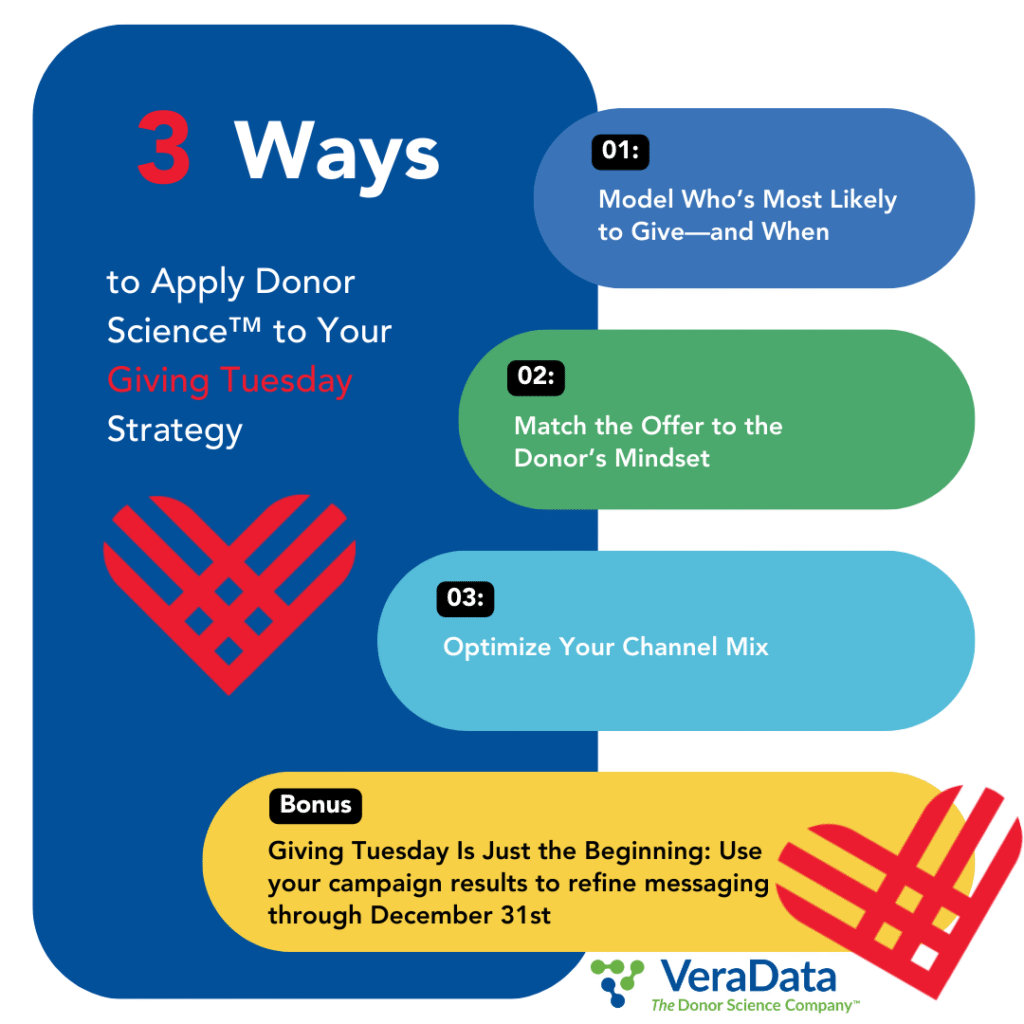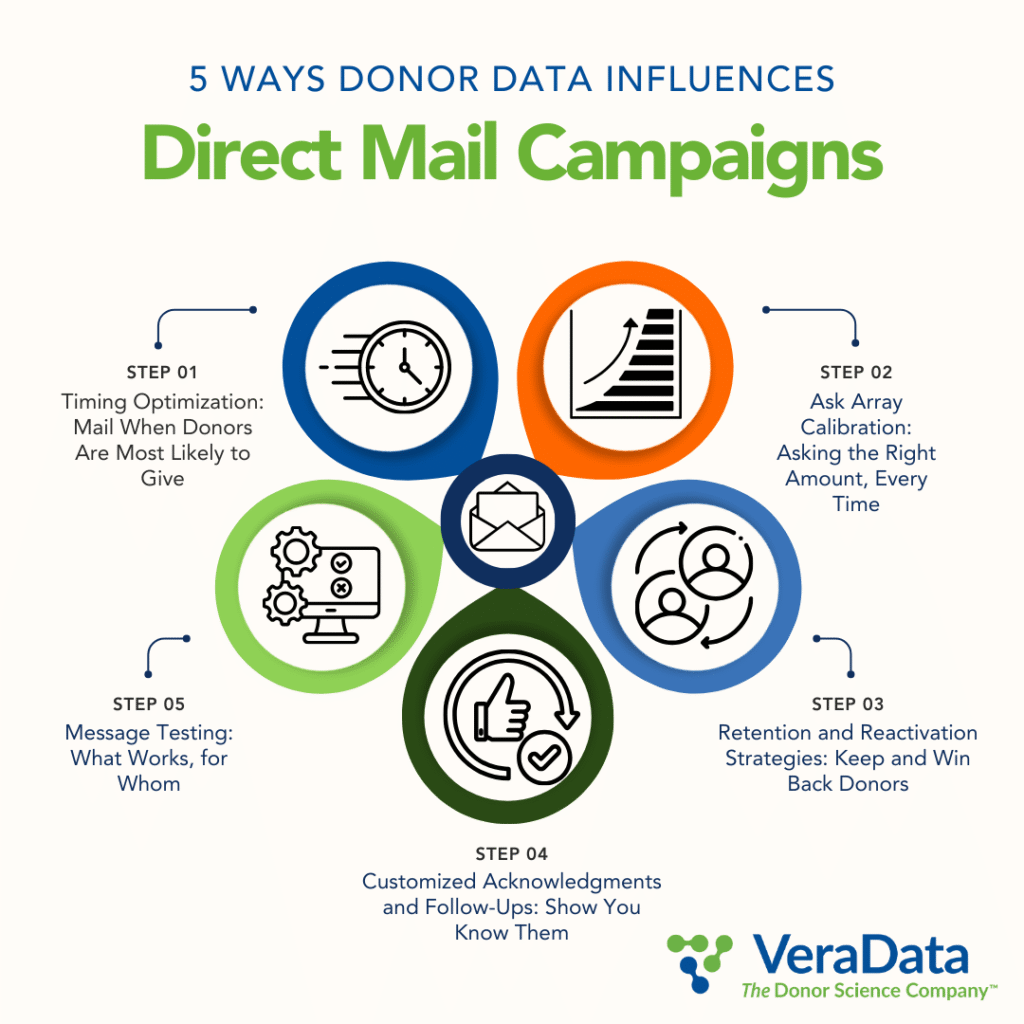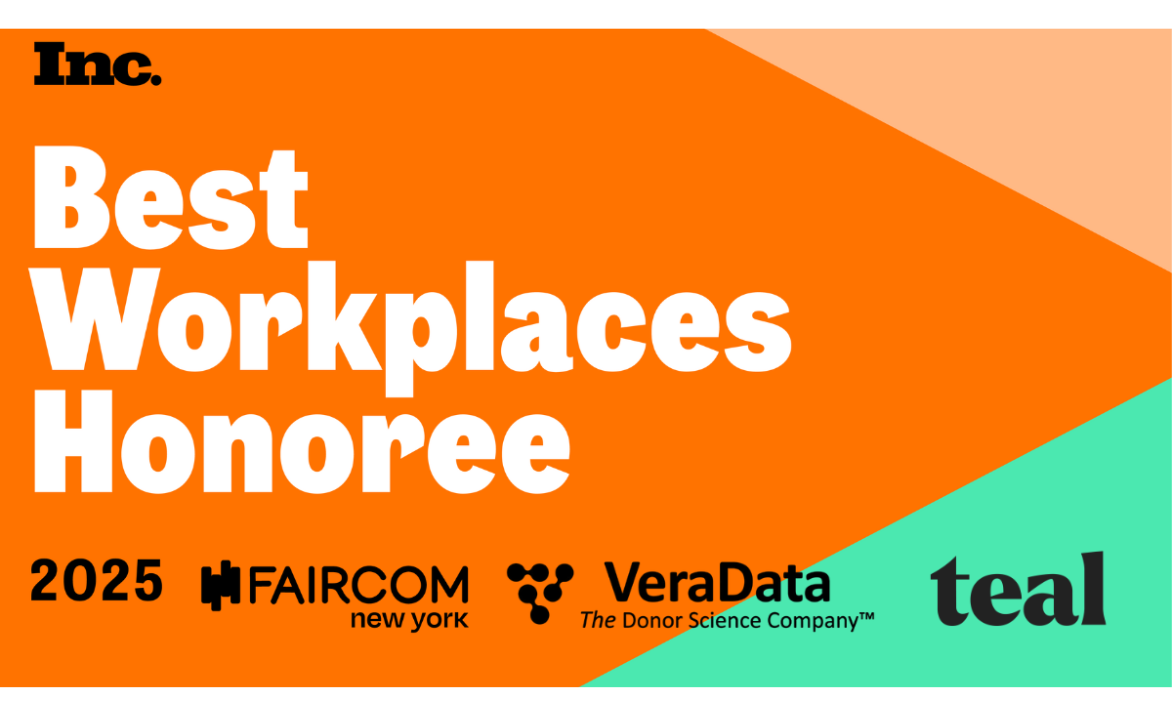As one year closes and another begins, nonprofits have a unique opportunity to pause, reflect, and plan ahead. The key to building stronger fundraising strategies lies in understanding your donors—not just who they are, but why they give, what motivates them, and how they connect with your mission. This is where Donor Profile Reports can become invaluable tools to you.
What Are Donor Profile Reports?
A Donor Profile Report provides a detailed picture of your donor base, highlighting both demographic and psychographic characteristics. These reports quantify and compare key donor attributes—such as age, income, lifestyle, and values—against a broader baseline population. By examining both counts and percentages of each attribute within your donor segment and comparing them to the general population, organizations can clearly see what makes their supporters unique.
This comparative lens reveals not only who your donors are but how they differ from others—helping you understand the shared characteristics that drive engagement and generosity.
Turning Donor Data into Action
Donor Profile Reports are more than just data summaries—they’re strategic compasses. They answer essential questions for your organization such as:
- What motivates our most loyal donors?
- Are there specific demographics or mindsets that dominate our donor community?
- Which audiences might we be overlooking in our outreach?
These insights empower nonprofits to move beyond guesswork. For example, if your donor base is heavily composed of individuals with a strong sense of community involvement and environmental concern, you can tailor messaging to emphasize local impact and sustainability. If data shows your donors skew toward certain age groups or income levels, you can align appeals and channels accordingly.
Reflecting on the Past Year
Before setting new goals, it’s essential to assess what worked—and what didn’t—over the past year. Donor Profile Reports make this reflection process grounded in evidence. By analyzing segments of donors—such as first-time givers, recurring donors, or lapsed supporters—you can uncover patterns behind successes and challenges.
Perhaps your new donor acquisition campaign resonated strongly with a specific demographic but underperformed with another. Or maybe a year-end appeal saw exceptional response rates from donors with certain psychographic traits. These findings illuminate the “why” behind campaign performance, enabling more effective decisions moving forward.
Creating Resolutions That Stick
Resolutions often fail when they’re based on assumptions rather than data. By leveraging insights from Donor Profile Reports, nonprofits can set realistic, measurable goals. For instance:
- Resolution #1: Deepen engagement with our core donor demographic through targeted storytelling.
- Resolution #2: Expand outreach to underrepresented donor segments identified in our report.
- Resolution #3: Personalize communications based on shared donor values and motivations.
These data-informed resolutions ensure that each action in the year ahead aligns with what truly drives donor behavior.
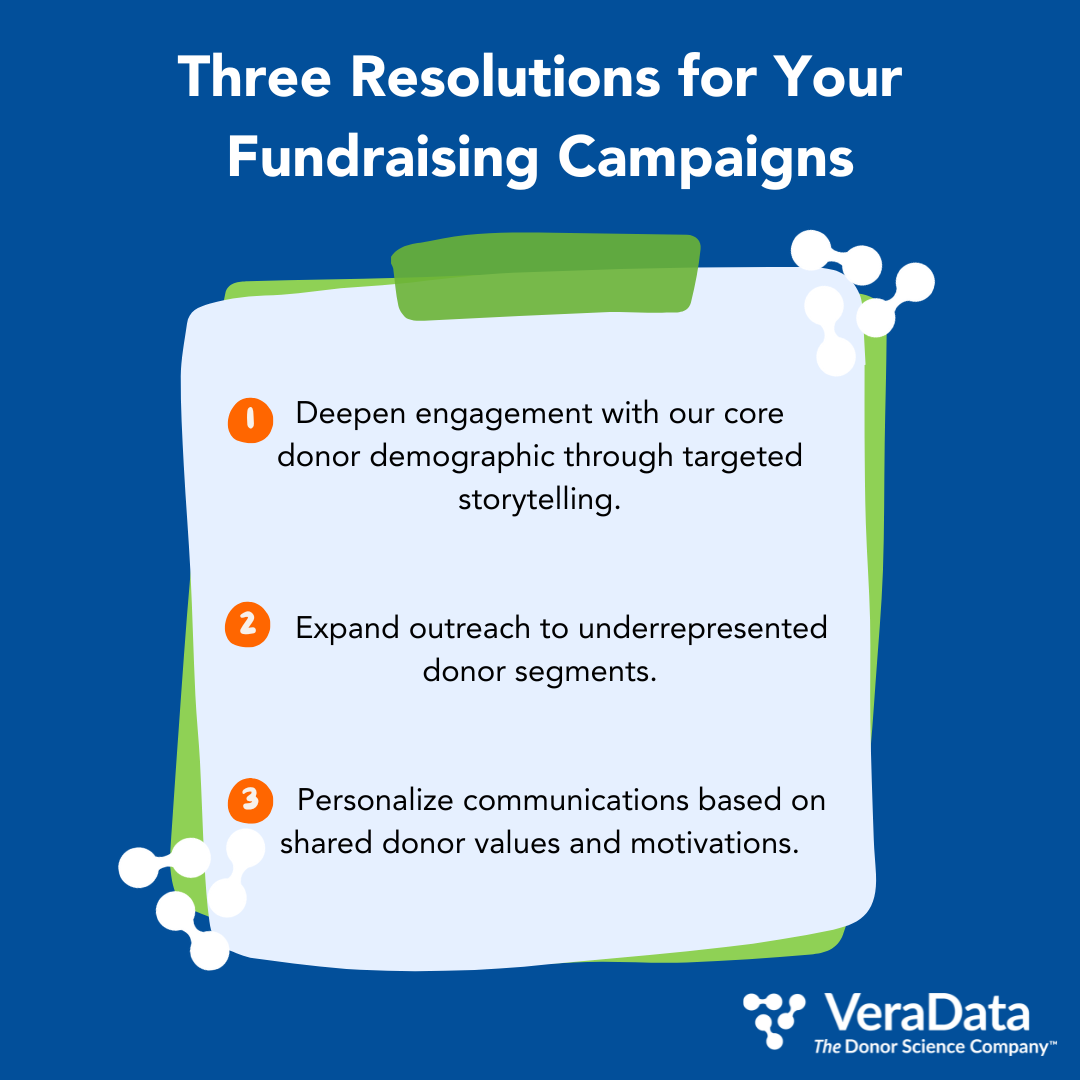
Building a Stronger Future
Reflection without action is a missed opportunity. Donor Profile Reports transform data into direction—helping nonprofits understand, connect with, and inspire their donors more effectively. As you move from reflection to resolution, let data-driven insights—not assumptions—be your foundation for a stronger, more strategic year ahead.


